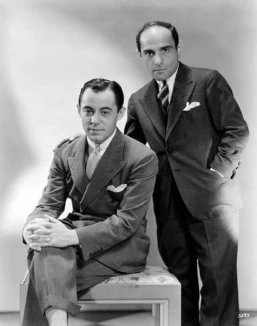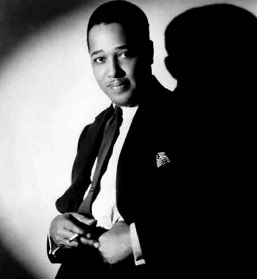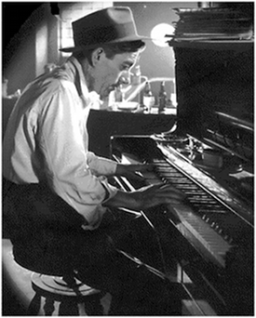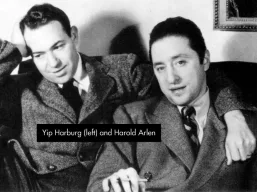Giant Steps (John Coltrane) – 1959
_____________________________________
Giant Steps (John Coltrane)
John Coltrane Quartet — recorded NYC, 5 May 1959 — John Coltrane (ts) Tommy Flanagan (p) Paul Chambers (b) Art Taylor (d) — released as the first track of the 1960 album Giant Steps. Jazzdisco.org lists the recording as catalog number 3468-5 (take 5). Coltrane had previously recorded eight takes of Giant Steps on 1 April 1959 with a different group, which is referred to as the “John Coltrane Quintet” in the Coltrane discography at Jazz Discography Project (jazzdisco.org). See the following links from the discography’s session index:
- John Coltrane 5 NYC, 1 April 1959
- John Coltrane 4 NYC, 5 May 1959
.
From the Wikipedia song profile (excerpts):
The composition is a milestone in jazz, given the difficulty of improvising its rapid progression of chord changes that progress through three keys (see Coltrane changes) shifted by major thirds, creating an augmented triad.
Title
The song title comes from the relatively giant leaps between the roots of consecutive chords. From a transcription, one can easily infer that many of these are upward leaps of minor thirds, but they can just as easily be inverted as descending major sixths, the latter approach best accentuating the disconcerting nature of the progression.
Recording
The original recording [sic] features Coltrane (tenor saxophone), Paul Chambers (double bass), Tommy Flanagan (piano), and Art Taylor (drums). John Coltrane was known for coming into the studio with unrehearsed songs, and “Giant Steps” was no exception. On the original recording, Tommy Flanagan (piano) played a choppy start-stop solo where it sounds like he is struggling to improvise over Coltrane changes without adequate preparation. Flanagan would revisit “Giant Steps” on several recordings later in his career and mastered the progression. In some of the alternate takes, Cedar Walton is at the piano, declining to take a solo and also playing at a slower tempo than the takes with Flanagan.
Chord progression
The saxophonist had previously used this technique on the LP Blue Train on the tunes “Moment’s Notice” and “Lazy Bird“. Coltrane continued in this vein on a recording with Cannonball Adderley of the standard “Limehouse Blues” and on his original “Fifth House”. He continued to use this approach on other tunes, such as “Countdown”, based on the Miles Davis tune “Tune Up”; “26-2” based on Charlie Parker’s “Confirmation”; and a reharmonization of the jazz standard “Body and Soul”. Songs such as “Naima” and “Like Sonny” also show some harmonic similarity to “Giant Steps”. Coltrane continued to employ similar concepts in his soloing during his more open and modal middle period. A Love Supreme features examples of lines based on “Giant Steps” cycles over modal vamps, to create a polytonal effect (see modal jazz).
_______________________________
From the article Shredding Coltrane changes with the basic pentatonic scale, by Dr. Ronald S. Lemos, published in Just Jazz Guitar, February 2009:
In his book, Giant Steps: An In-Depth Study of John Coltrane’s Classic (Warner Bros. Publications, 1997), jazz guitar legend Joe Diorio states, “John Coltrane’s composition ‘Giant Steps’ is without a doubt the most challenging jazz chord progression of the late 20th Century.”
Soloing over the chord changes to this tune continues to be the Holy Grail for jazz musicians, including guitarists. Entire books have been written about improvising over these chord changes. Soloing over this chord progression is also the topic of countless magazine articles and chapters in jazz method books.
In his article, “Conquering Giant Steps” (Guitar Player, September 2005, pp. 92-99) Corey Christiansen wrote an excellent article on developing a soloing approach to these changes. The article contains examples of a wide variety of practical practical soloing approaches including arpeggios, digital patterns, chromatic notes, and motifs.
In the June 2007 issue of Guitar Player (“Coltrane-Style II-V-Is”), Christiansen follows up his previous article by demonstrating II-V-I guitar lines that can be played over this challenging chord progression.
_______________________________
Selected recordings:
Woody Herman Big Band — from the 1973 LP Giant Steps
.
Joe Pass — solo guitar, from Virtuoso #2, 1976
.
Larry Coryell — Dragon Gate LP, 1990
.



















































